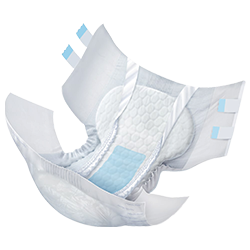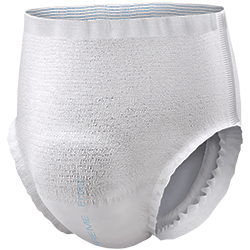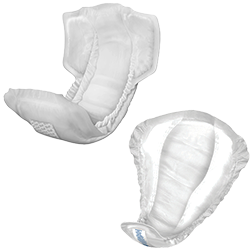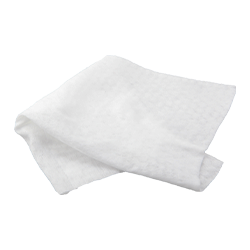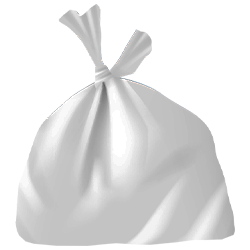What Can I Do About Stress Incontinence?

Sometimes called “giggle incontinence,” stress incontinence is one of the more common types of urine leakage and accidents. But how does it differ from other types of incontinence, and how can you protect yourself or your loved one from accidents and leaks?
Discover the signs and causes of stress urinary incontinence so you can create a plan for treatment and management.
What Are Stress Incontinence Signs & Symptoms?
With stress incontinence, urine leaks out when the bladder experiences sudden pressure. Coughing or sneezing can create this force, or even jogging or lifting boxes. A person generally won’t feel the urge to urinate before this happens.
That makes it different from urge incontinence, which is marked by a sudden and sometimes uncontrollable need to urinate. A person experiencing both stress and urge incontinence at the same time has what is called mixed incontinence.
The Urology Care Foundation says stress is a very common type of incontinence and that, in its more severe forms, even walking or standing can place enough pressure on the bladder for loss of urine. The amount of urine loss can be just a few drops or enough to require a change of clothes if absorbent products aren’t used.
What Are the Causes of Stress Incontinence?
Stress incontinence can occur because of weakening muscles in the pelvic floor and/or a losing strength in the urethral sphincter.
While this type of incontinence can occur in any adult, it’s usually triggered by different events or health conditions in men and women, with some overlap in risk factors.
Stress Incontinence in Females
According to the National Association for Continence (NAFC), stress incontinence is incredibly common after childbirth. That may be why many women think of urine leaks as related only to pregnancy.
This makes sense, because the pelvic muscles are weakened while giving birth, and women can experience nerve and muscle damage as well. However, a hysterectomy or other surgery can also have an impact on the pelvic floor, as well as genetics and heavy, high-impact activities and exercises.
Treatments, exercises and management may be effective and depends on what caused the stress incontinence, so it’s important to speak to a doctor or healthcare provider to identify the best way to move forward.
Stress Incontinence in Males
Men most often experience stress incontinence caused by prostate cancer surgery or other injury or damage to the pelvic nerve. NAFC reports that post-prostatectomy incontinence can be caused by either sphincter damage or simply functional problems when the surrounding muscles can no longer provide physical support.
As with women, there are a range of treatments and exercises for stress incontinence in men, and a healthcare provider can discuss all of the options that may be best for your needs.
Which Products Help Manage Stress Incontinence?
While creating a treatment plan with a doctor or exercise routine to recover strength, you still want to stay confident without worrying about discomfort or needless embarrassment. Finding absorbent stress incontinence products for temporary or long-term management can help you focus on what matters.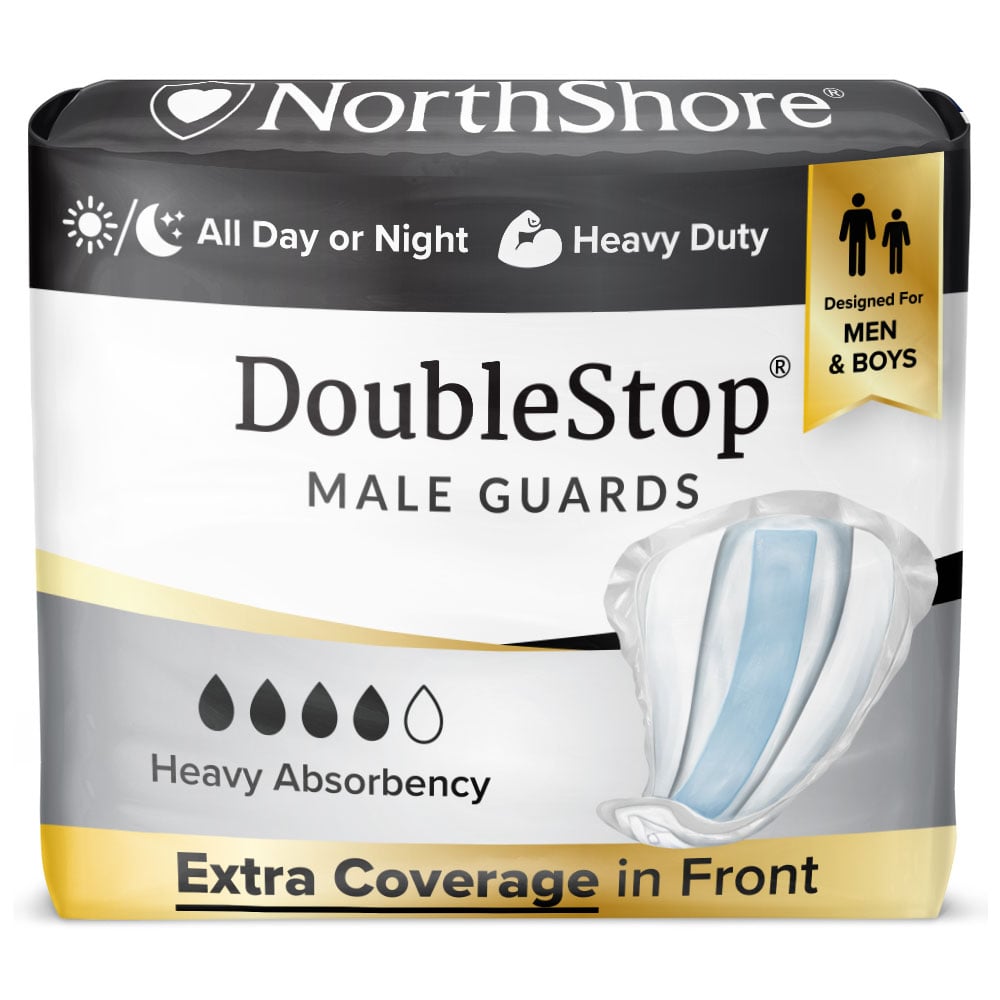 Shop Male Guards
Shop Male Guards
NorthShore provides a range of incontinence supplies with different absorbency levels to discreetly fit both men and women. In addition, men can choose from several male guards with waterproof backings that can be worn inside of regular, tight-fitting underwear. These can help manage light urinary incontinence as well as support bladder control after prostate surgery.
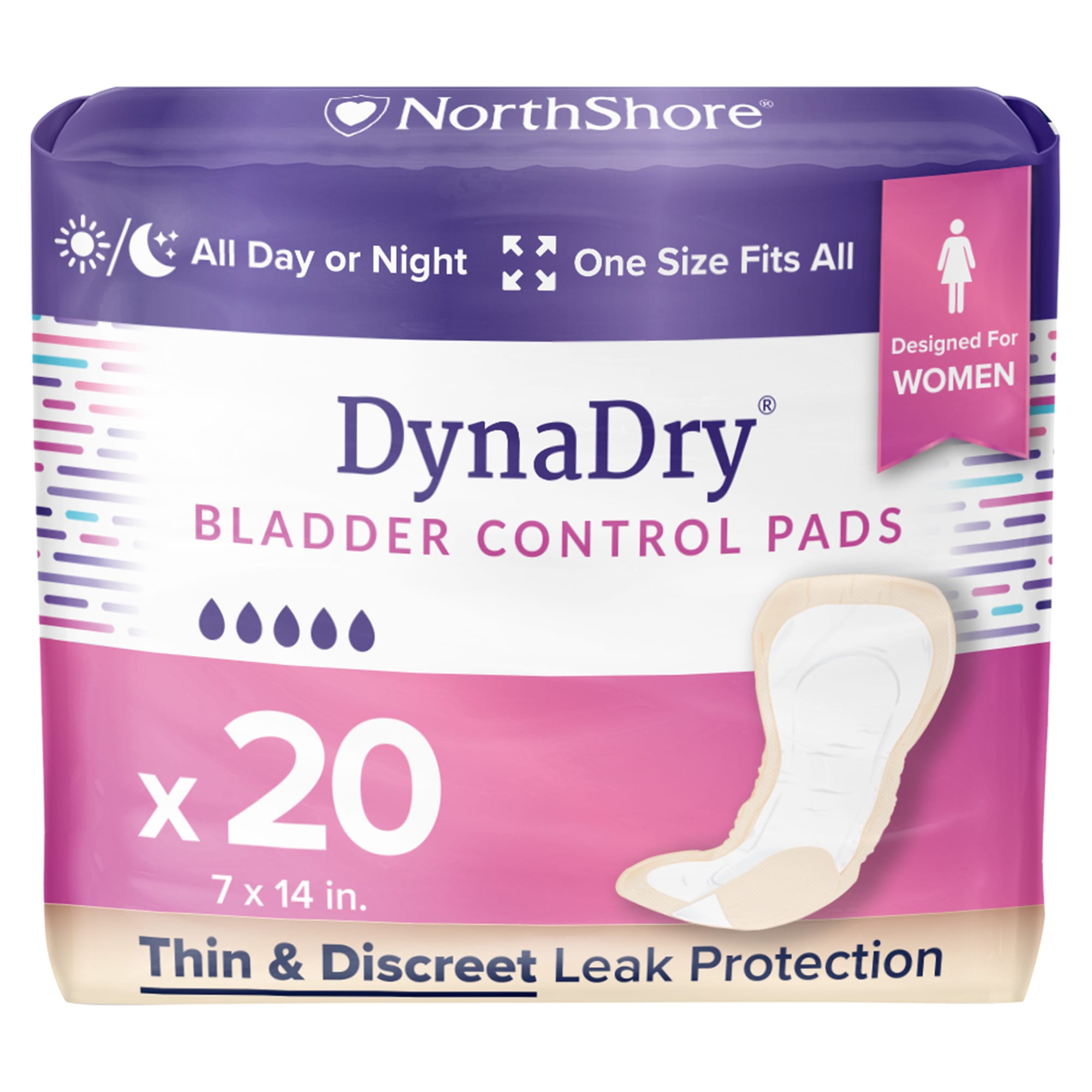 Shop Pads & Liners
Shop Pads & Liners
Women can choose from a variety of absorbent pads and liners that are worn with regular underwear. While women may be used to menstrual pads, stress incontinence pads and liners are specifically designed to absorb the rapid flow of urine without leaks or odors. Menstrual protection simply can’t provide the same level of absorbency.
Still not sure which product is right for your needs? Call NorthShore Care Supply at (800) 563-0161 to discuss the most absorbent and comfortable supplies or use our Online Product Finder for incontinence product recommendations.
This article is not intended to substitute for professional medical advice, diagnosis or treatment. If you have questions or need advice regarding a medical condition, speak with a doctor or other qualified healthcare provider.
Products Mentioned In This Article
Starting at $3.99
FSA/HSA Eligible
Starting at $4.99
FSA/HSA Eligible
Starting at $3.99
FSA/HSA Eligible
Starting at $3.99
FSA/HSA Eligible
